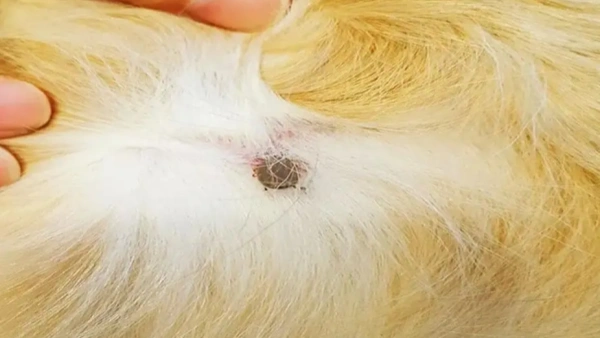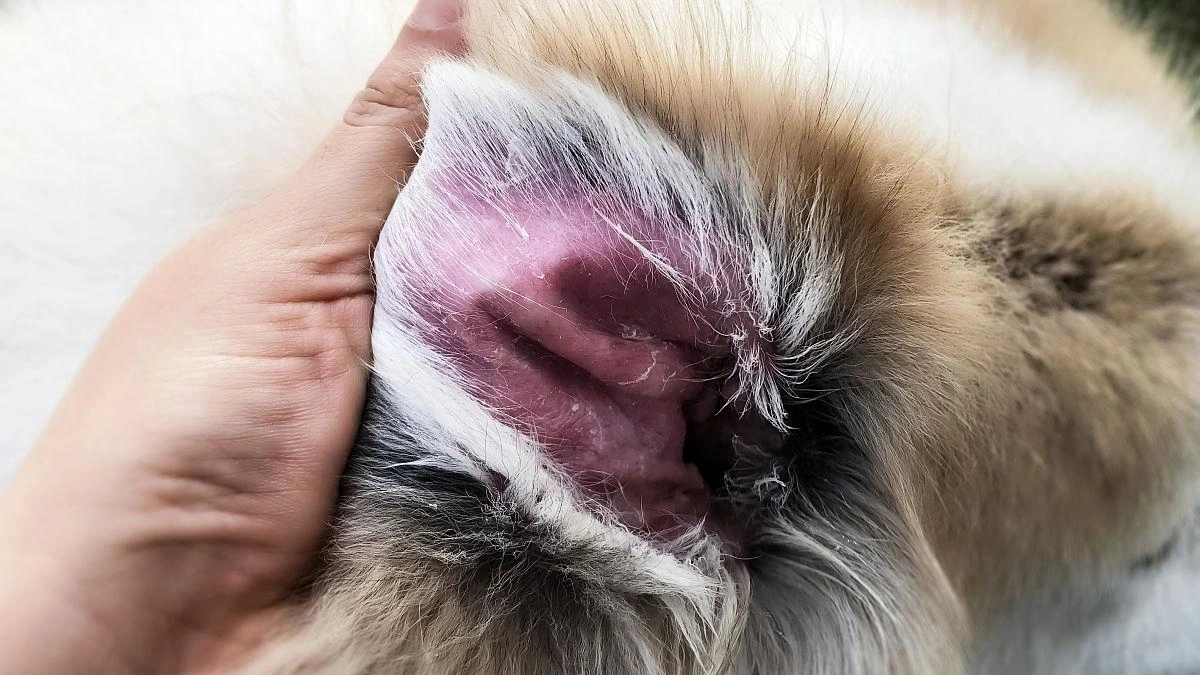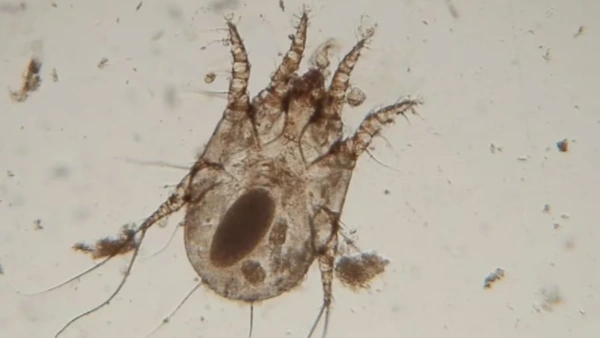Household Tick Spray: The Hidden Mistake Most Owners Make
Ticks can pose serious health risks to both pets and humans, carrying diseases that threaten your entire household. Using a household tick spray is one of the most effective ways to keep your living space pest-free. This guide will explain how to choose, use, and store tick sprays safely — ensuring your home stays clean, healthy, and comfortable for both you and your pets.
Understanding Household Tick Spray and Its Function
How Does a Household Tick Spray Work?
It kills adult ticks and larvae hiding in carpets, sofas, and baseboards.
It disrupts the tick life cycle, preventing eggs from hatching.
It provides temporary protection, reducing the risk of re-infestation.
Common Ingredients
Chemical-based sprays: Often include permethrin or imidacloprid, which attack the tick’s nervous system.
Natural-based sprays: Use essential oils like lemongrass, cedarwood, or eucalyptus for a gentler approach.
Types of Tick Killer Sprays for Home
| Type | Ingredients | Advantages | Disadvantages | Best For |
|---|---|---|---|---|
| Chemical Sprays | Permethrin, Imidacloprid | Fast-acting, long-lasting | Can irritate sensitive pets | Homes without small pets or babies |
| Natural Sprays | Cedar oil, Lemongrass oil | Safe, non-toxic, fresh scent | Shorter protection time | Families with pets and children |
| Hybrid Sprays | Mix of natural and chemical ingredients | Balanced performance and safety | More expensive | Owners who want fast, lasting results |

How to Use Household Tick Spray: Step-by-Step
Preparation
Clean the room first — vacuum carpets, under furniture, and pet bedding.
Remove pets, food, and kitchenware from the area before spraying.
Wear gloves and a mask to prevent direct contact with chemicals.
Application Steps
Start spraying from corners and edges, moving toward the center of the room.
Focus on pet areas, baseboards, and under couches where ticks hide.
Hold the can 12 inches (30 cm) away from surfaces and spray evenly.
After Spraying
Keep doors and windows closed for 30 minutes to let the formula work.
Ventilate the area for at least an hour afterward.
Wipe down dining areas and toys before pets or children return.
Allow surfaces to dry completely before letting pets back inside.

Frequency and Maintenance
How Often Should You Spray?
During tick season (spring and summer): every 2 weeks.
During off-seasons: once every 4 weeks for maintenance.
When to Reapply
When your dog or cat starts scratching frequently.
If you notice small dark specks or movement near pet bedding.
After heavy cleaning or washing floors.
Safety Precautions and Best Practices
Important Safety Tips
Do not spray directly on pets unless labeled safe for animals.
Wash your hands after spraying and avoid touching your face.
Choose a tick killer spray for house that is pet-safe and EPA-approved.
Don’t Rely on Sprays Alone
Combine with regular pet tick prevention treatments.
Keep grass trimmed and the home dry to prevent re-infestation.
Clean pet bedding weekly and vacuum high-risk areas.
Common Mistakes When Using Tick Killer for Home
| Common Mistake | Correct Approach |
|---|---|
| Spraying once and assuming the problem is gone | Use on a consistent schedule for full tick control |
| Letting pets in too soon | Wait until the area is fully dry and ventilated |
| Overusing the spray for faster results | Follow label directions to avoid overexposure |
| Spraying only the pet bed | Treat the entire environment for effective control |

Everything Our Vets Recommend
How to Choose the Right Household Tick Spray
Look for “pet-safe” or “home-safe” labels on the packaging.
Check ingredient lists to avoid overly harsh chemicals.
Choose trusted brands recommended by veterinarians.
Read and follow all product instructions carefully.
Household Tick Spray FAQs
Can I spray household tick spray directly on my pets?
No. Only use products labeled for direct use on animals. Most household sprays are for surfaces and the environment only.
How long should I wait before letting pets back inside?
Wait at least 30 minutes to an hour, ensuring all treated areas are completely dry and well-ventilated.
Do natural tick sprays work as well as chemical ones?
They are effective for mild infestations but may need more frequent use. Natural options are ideal for homes with small children or sensitive pets.
Will the spray kill all life stages of ticks?
Most sprays kill adult ticks and larvae, but not all eggs. Regular reapplication and cleaning are recommended.
Conclusion
Using a household tick spray correctly can help you eliminate pests safely while protecting your family and pets. Combine regular cleaning, proper ventilation, and the right tick spray for house to achieve lasting results. With consistent effort, you can maintain a clean, comfortable, and tick-free home environment.
You May Like:
- 4 Vet-Approved Spray for Mites on Dogs (2025 Guide)
- Flea Spray for House Pet Safe – What Really Works Best?
- Best Flea and Tick Spray for Dogs and Cats (2025 Update)
- Best Dry Shampoo for Dogs: What Vets Recommend in 2025
User Comments
Does flea treatment kill ear mites too?
Can dogs take human probiotics?
Can dogs have people probiotics safely?
Related Articles
View all
How to Get Rid of Dog Allergies Naturally: Common Mistakes

Dog Allergic Reaction Eye Swelling: Hidden Mistakes to Avoid

Why Do Bulldogs Scratch? Bulldog Skin Allergies Guide

Cure for Dog Skin Allergies Owners Often Miss

How to Get Rid of Dog Allergies Naturally: Common Mistakes

Dog Allergic Reaction Eye Swelling: Hidden Mistakes to Avoid

Why Do Bulldogs Scratch? Bulldog Skin Allergies Guide

Cure for Dog Skin Allergies Owners Often Miss

Vet-Recommended Wet Dog Food for Sensitive Stomachs — 2025 Guide

Dog Dust Mite Allergy: Symptoms, Treatment, Prevention

Can Allergies in Dogs Cause Diarrhea and Vomiting? Explained

10 Pitbull Health Problems You Should Know in 2025 — Tips














Leave a Reply